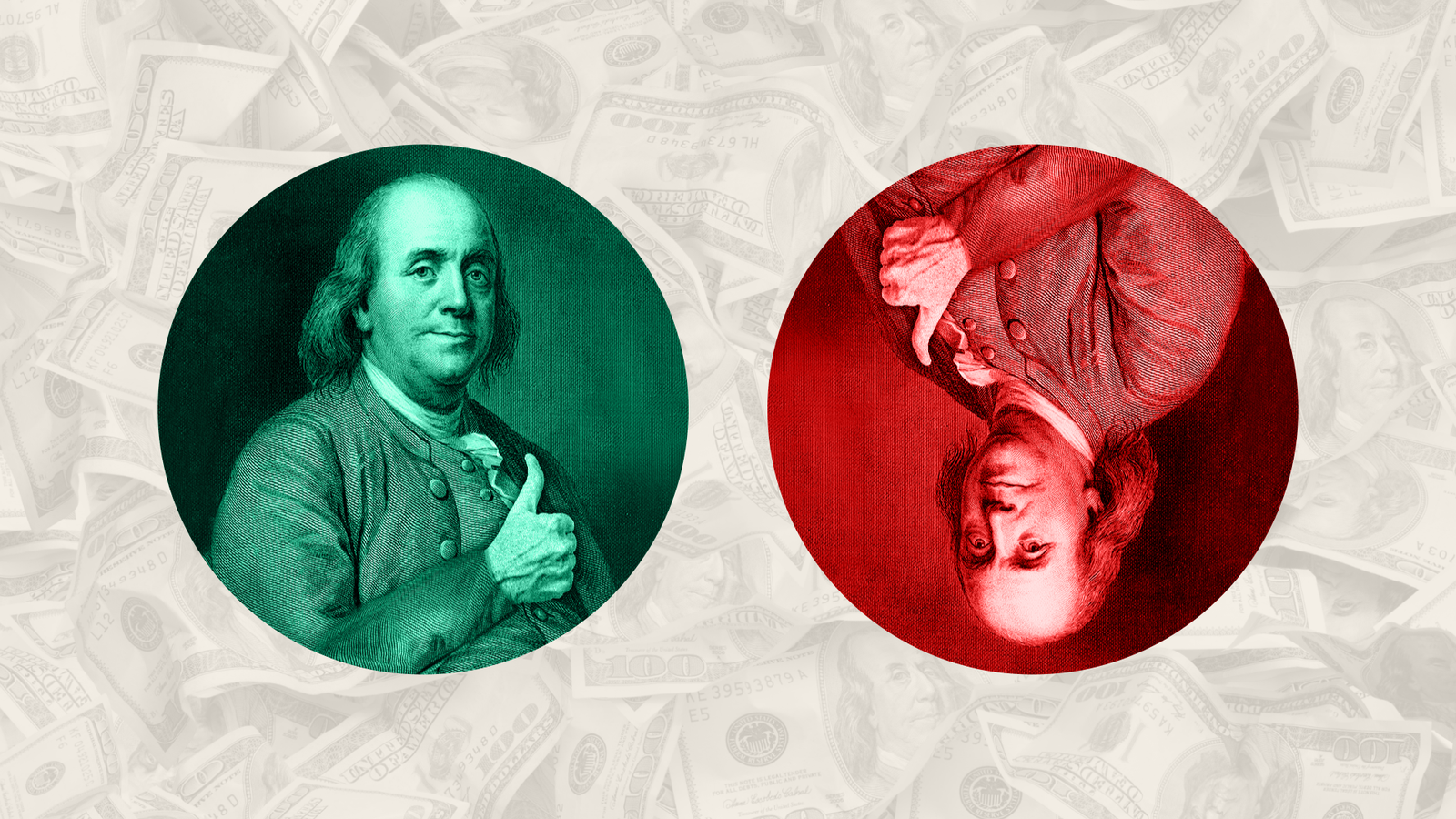Dollarisation: Exploring the impact of currency substitution
Read our article about dollarisation to learn more about this significant economic strategy and its advantages and challenges for economies.

Dollarisation is a term used to describe the adoption of the US dollar in place of or alongside a country's local currency
Dollarisation ensures stability, reducing inflation risks and attracting investments, but adoption of a foreign currency sacrifices policy control for economic stability
Decision-making regarding the introduction of a foreign currency requires a delicate balance between immediate stability and long-term sovereignty and identity concerns
What is dollarisation?
Currency substitution means that a country decides to use a foreign currency as its official currency or alongside with the country’s national currency. The foreign currency will then be used in the country, for example, for everyday monetary transactions, including paying for goods and services.
Dollarisation is another name for currency substitution, used especially when the foreign currency introduced is the US dollar.
The practice of currency substitution, often a response to economic instability or as a strategic move for integration into the global economy, is a significant economic strategy with far-reaching implications.
Dollarisation emerged as a notable strategy following key global events, including the abandonment of the gold standard and the Bretton Woods Conference. These historical turning points led countries to seek more secure economic solutions, often tying their financial fate to more stable and globally accepted currencies like the US dollar.
Types of dollarisation
Countries can decide to implement a full currency substitution or use the foreign currency only in for specific functions, such as international trade.
Here are explained the different types of implementations of the US dollar, each with unique characteristics and implications:
- Complete dollarisation: In this form, a country fully adopts a foreign currency, typically the US dollar, as its sole legal tender, foregoing its own.
- Partial dollarisation: In case of partial currency substitution, the foreign currency is used alongside the local currency, often for specific types of transactions or reserves.
- Official dollarisation: This means that a country's government officially adopts a foreign currency as part of its legal tender.
- Unofficial dollarisation: Often driven by the public's preference, this involves holding savings or conducting transactions in a foreign currency for stability or inflation protection.
Benefits of dollarisation
Dollarisation has several potential benefits for a country, as it often contributes to economic stability and growth.
Economic and currency stability: By adopting a stable foreign currency, countries can reduce the risks associated with inflation and currency devaluation.
Enhanced investor confidence: Dollarisation can create a favourable environment for investment, reducing the likelihood of speculative attacks on the local currency. This can attract foreign investors to invest in local businesses, giving a boost to the economy.
Integration into global markets: Dollarised economies may find it easier to participate in global trade and financial markets, benefiting from a more stable capital market.
Reduced borrowing costs: The absence of exchange rate risk can lead to lower interest rates for foreign loans and investments.
Challenges and drawbacks of dollarisation
While dollarisation can have various benefits, it’s essential to note that adaptation of a foreign currency also comes with risks and drawbacks.
Monetary policy limitations: Adopting dollarisation means relinquishing control over national monetary policy, including interest rates and inflation management.
Seigniorage revenue loss: Countries lose the potential profit gained from issuing their currency, impacting their fiscal capabilities.
Dependence on foreign economies: Dollarised countries become more susceptible to economic changes in the currency's country of origin, such as the US.
National identity and pride: Replacing a national currency with a foreign one can affect national pride and identity.
Global examples of currency substitution
Let’s look at some real-life examples of currency substitution from around the world.
- Zimbabwe's multiple currencies strategy: Faced with extreme hyperinflation, Zimbabwe adopted various foreign currencies before introducing its own RTGS Dollar.
- Panama's adoption of the USD: Panama has used the US dollar as its official currency since its inception, a unique case of complete dollarisation.
- Euro adoption in Europe: Many countries in the Eurozone replaced their national currencies with the euro, a form of regional currency substitution.
- Cambodia's dual currency system: Cambodia's economy operates with both the US dollar and the domestic currency, Cambodian riel, showcasing an example of partial and unofficial dollarisation.
- Nepal and Bhutan's currency peg to the Indian rupee: These two countries maintain a fixed currency peg with the Indian Rupee, an example of a strategic currency anchor.
Concept of de-dollarisation
As the global economy evolves, some countries are exploring de-dollarisation, seeking alternatives to the US dollar like the euro, yen, and pound sterling. This shift could significantly affect the US economy, particularly its capacity to manage deficits.
The decision to dollarize is complex, balancing the need for economic stability against the loss of monetary sovereignty. While dollarisation can bring immediate stability and investor confidence, it also entails long-term considerations such as the loss of independent monetary policy and national identity concerns.
As the global economic landscape continues to shift, the role and impact of dollarisation remain a critical topic for both emerging and established economies.









